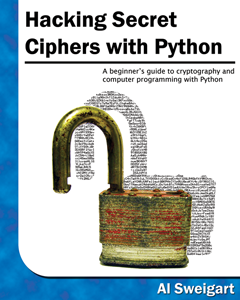Bayesian Methods for Hackers by a community of authors!
From the readme:
The Bayesian method is the natural approach to inference, yet it is hidden from readers behind chapters of slow, mathematical analysis. The typical text on Bayesian inference involves two to three chapters on probability theory, then enters what Bayesian inference is. Unfortunately, due to mathematical intractability of most Bayesian models, the reader is only shown simple, artificial examples. This can leave the user with a so-what feeling about Bayesian inference. In fact, this was the author’s own prior opinion.
After some recent success of Bayesian methods in machine-learning competitions, I decided to investigate the subject again. Even with my mathematical background, it took me three straight-days of reading examples and trying to put the pieces together to understand the methods. There was simply not enough literature bridging theory to practice. The problem with my misunderstanding was the disconnect between Bayesian mathematics and probabilistic programming. That being said, I suffered then so the reader would not have to now. This book attempts to bridge the gap.
If Bayesian inference is the destination, then mathematical analysis is a particular path to towards it. On the other hand, computing power is cheap enough that we can afford to take an alternate route via probabilistic programming. The latter path is much more useful, as it denies the necessity of mathematical intervention at each step, that is, we remove often-intractable mathematical analysis as a prerequisite to Bayesian inference. Simply put, this latter computational path proceeds via small intermediate jumps from beginning to end, where as the first path proceeds by enormous leaps, often landing far away from our target. Furthermore, without a strong mathematical background, the analysis required by the first path cannot even take place.
Bayesian Methods for Hackers is designed as a introduction to Bayesian inference from a computational/understanding-first, and mathematics-second, point of view. Of course as an introductory book, we can only leave it at that: an introductory book. For the mathematically trained, they may cure the curiosity this text generates with other texts designed with mathematical analysis in mind. For the enthusiast with less mathematical-background, or one who is not interested in the mathematics but simply the practice of Bayesian methods, this text should be sufficient and entertaining.
(…)
Useful in case all the knowledge you want to put in a topic map is far from certain. 😉


